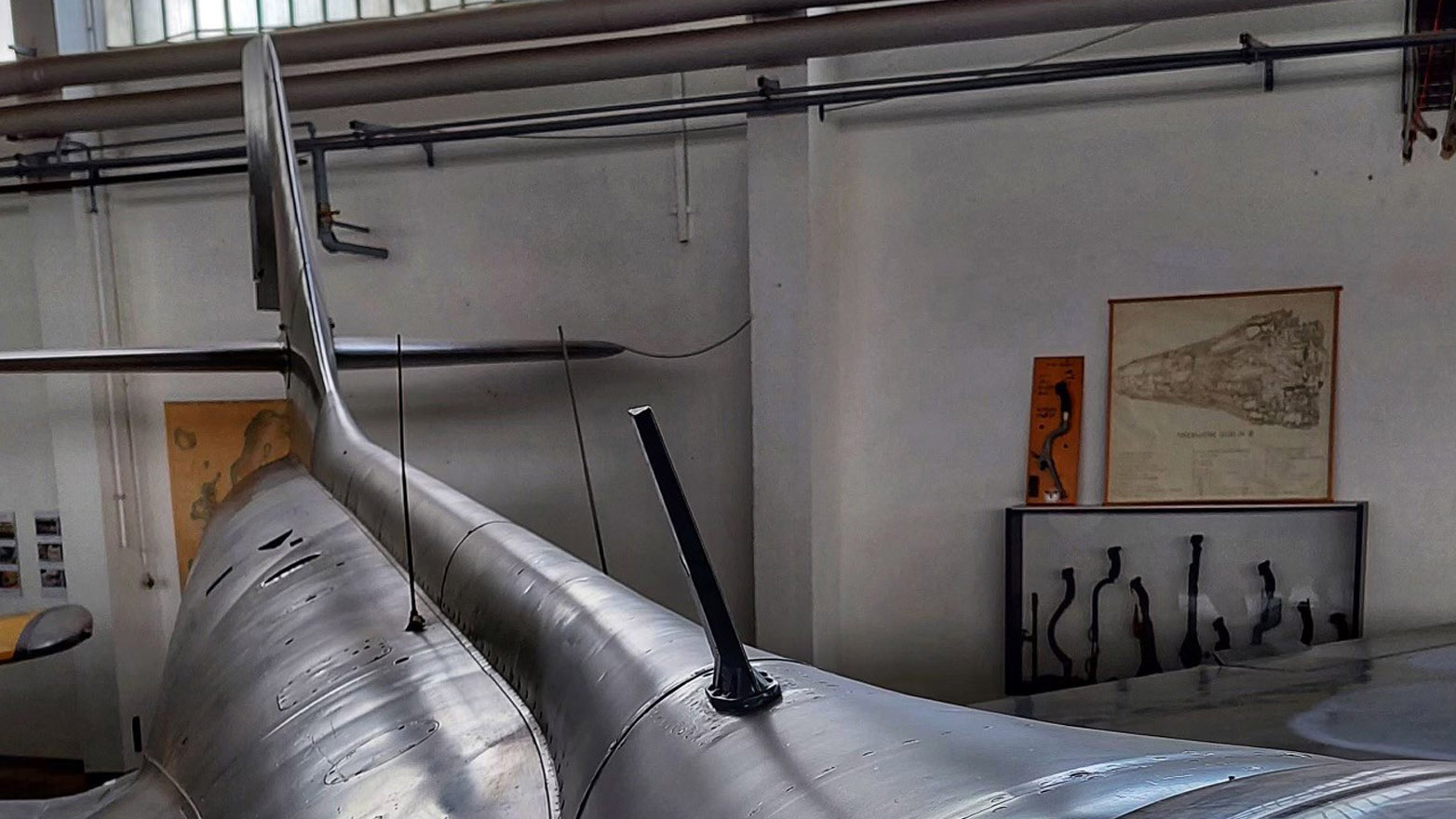Drop in orders a head fake
The rebound in both core orders and shipments was stunningly strong.

January durable goods orders fell 4.5% after rising a downwardly revised 5.1% in December; a 54.6% drop in aircraft order alone more than accounted for that weakness. Some giveback was to be expected as orders for Boeing jets fell to 55 units in January from a supersized 250 planes in December. Ex-transportation, durable goods orders rose by 0.7% in January, the best posting since a 1.1% rise in March 2022.
The rebound in both core orders and shipments was stunningly strong. Core capital goods orders, which exclude aircraft and defense orders, increased by 0.8% in January, the highest reading in nearly half a year. That component is a proxy for business investment plans. January’s rebound was amplified by the pivot toward electric vehicles and batteries.
Machinery orders increased by 1.6% in January while computers and electronic orders, electrical equipment and primary metals were up about 0.5%. Orders of computers drove the jump in machinery. Communications equipment was the only sector to show a contraction outside of aircraft orders. Motor vehicles and parts orders rose by 0.2%, as automakers continued to slowly replenish inventories.
Supply chain problems in computer chips are easing but many suppliers are still having trouble ramping up due to labor shortages. UAW contracts are due to be renegotiated in June; manufacturers are bracing for cost-of-living adjustments (COLAs) being embedded in those contracts.
We have reached the point in expansion where good news is bad news.
Core capital goods shipments, which are used to estimate business fixed investment in the GDP report, rose by 1.1% in January, the highest in three months. That suggests that business investment could now increase instead of declining in the first quarter. Manufacturing inventories contracted slightly, but not enough to offset those gains.
The January durable goods data caps a long string of upside surprises on the economic data. Some of those gains were boosted by unseasonably warm winter weather but not enough to fully discount them. Our calculation of real GDP has moved back into positive territory which, when combined with recent inflation data, has put the Federal Reserve back on defense.
Bottom Line
The manufacturing sector is defying purchasing managers’ reports that suggested further weakening. We have reached the point in expansion where good news is bad news, as it means more rate hikes.
Explore more insights
Meet our team

Subscribe to insights from KPMG Economics
KPMG Economics distributes a wide selection of insight and analysis to help businesses make informed decisions.
